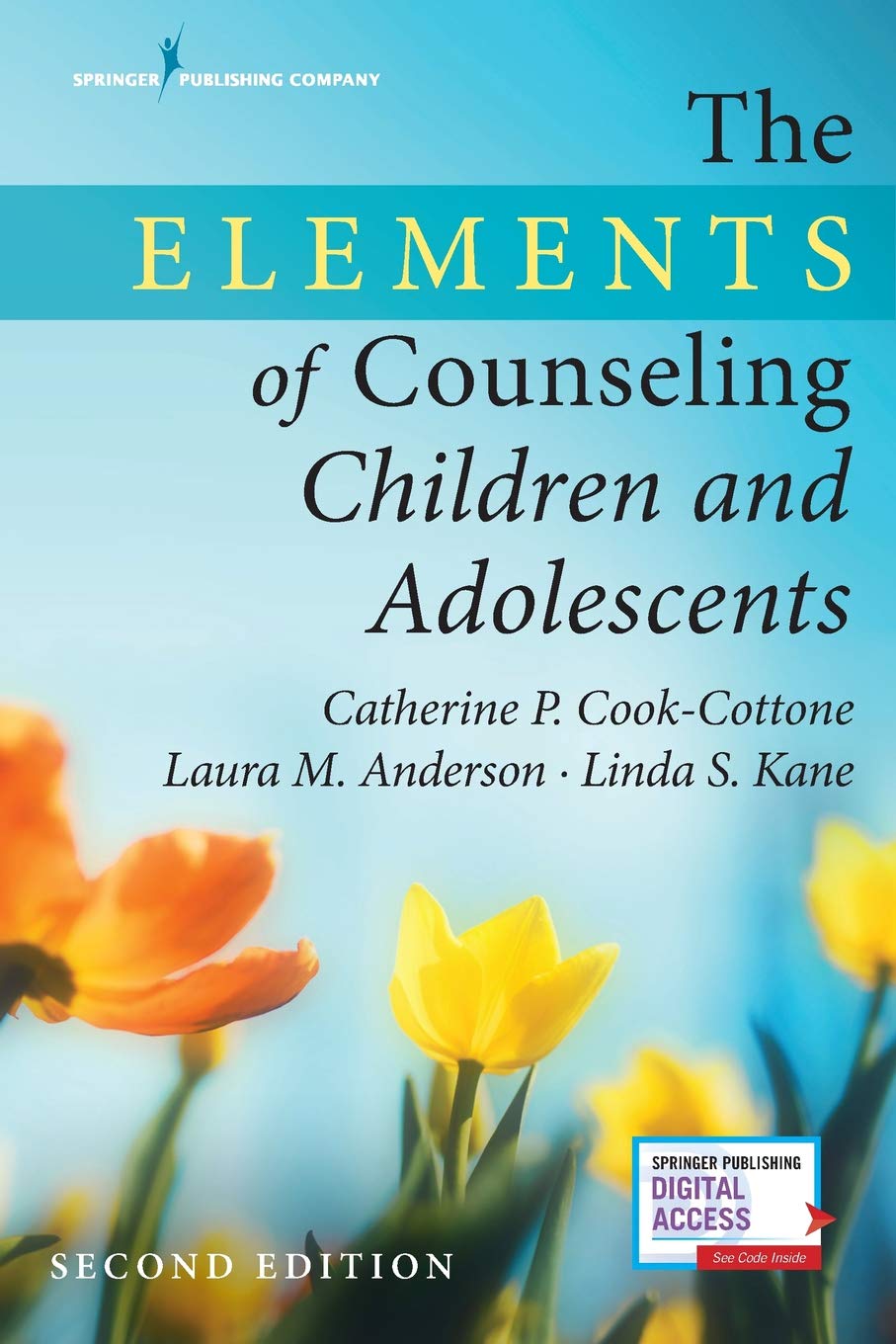
The Elements of Counseling Children and Adolescents should be useful for students in the helping professions, including psychology, social work, and counseling.


The Elements of Counseling Children and Adolescents should be useful for students in the helping professions, including psychology, social work, and counseling.
This unique, user-friendly text distills essential and up-to-date guidelines for students and practitioners of child and adolescent counseling. Featuring concise, step-by-step protocols supported by evidence-based practice, the book is organized in a logical sequence, from setting the stage for the counseling process to the essentials of active counseling. The second edition is distinguished by a more holistic approach to counseling that focuses on the client’s narrative, goal-setting as a partnership between counselor and client, and heightened sensitivity to all forms of diversity. This includes new content about LBTQIA clients and those suffering from trauma or substance abuse.
The second edition focuses on strategies for fostering growth and self-inquiry and presents new information on teaching tools for stress tolerance, negotiating social conflict, and the importance of monitoring progress. Key concepts such as using developmentally appropriate language and activities are addressed, and as are critical issues such as collaborating with parents and other professionals, responding to crisis situations, and counselor self-awareness and self-care. Case examples of client/counselor dialogues along with summary and questions at the end of each chapter illustrate foundational concepts and facilitate critical thinking. An instructor manual is also included.
“The authors’ choice of key elements results in a book that provides knowledge essential for beginning counselors to learn and for experienced counselors to review. Consequently, The Elements of Counseling Children and Adolescents should be useful for students in the helping professions, including psychology, social work, and counseling.”
From the Foreword by Scott T. Meier, PhD, coauthor, The Elements of Counseling
This concise, easy-to-read primer provides essential and practical guidelines for counselors and psychologists who are training to work with children in both clinical and school settings. It is modeled after the highly successful and time-tested “Elements of” format, used in many teaching disciplines. The book distills the basic concepts that beginning professionals must keep in mind as they approach practice, offering guidance in a logical, numbered sequence from setting the stage for the counseling process through the essentials of building and maintaining an active counseling practice.
Written by experienced counseling and therapy educators and professionals, this versatile text will be a welcome addition for courses in counseling children and adolescents, as well as other courses across the curriculum in school counseling; school psychology; marriage, child, and family counseling; and clinical social work.
“The authors’ choice of key elements results in a book that provides knowledge essential for beginning counselors to learn and for experienced counselors to review. Consequently, The Elements of Counseling Children and Adolescents should be useful for students in the helping professions, including psychology, social work, and counseling.”
From the Foreword by Scott T. Meier, PhD, coauthor, The Elements of Counseling
In addition to facilitating learning with its precise, easily understood rules and principles, the book provides potent guidance for both common and challenging situations. Key concepts such as using developmentally appropriate language and activities are covered, along with critical issues such as collaborating with parents and other professionals, responding to crisis situations, and counselor self-awareness and self-care. Case examples of client-counselor dialogues in each chapter illustrate foundational concepts, and an overview of how to use the text for transcript analysis in training programs is also included.